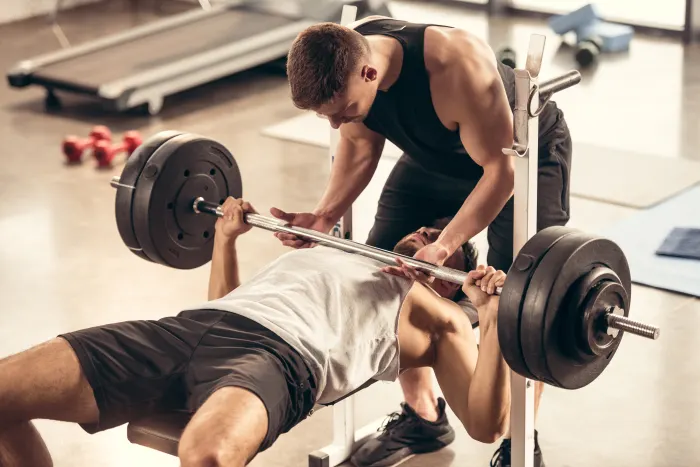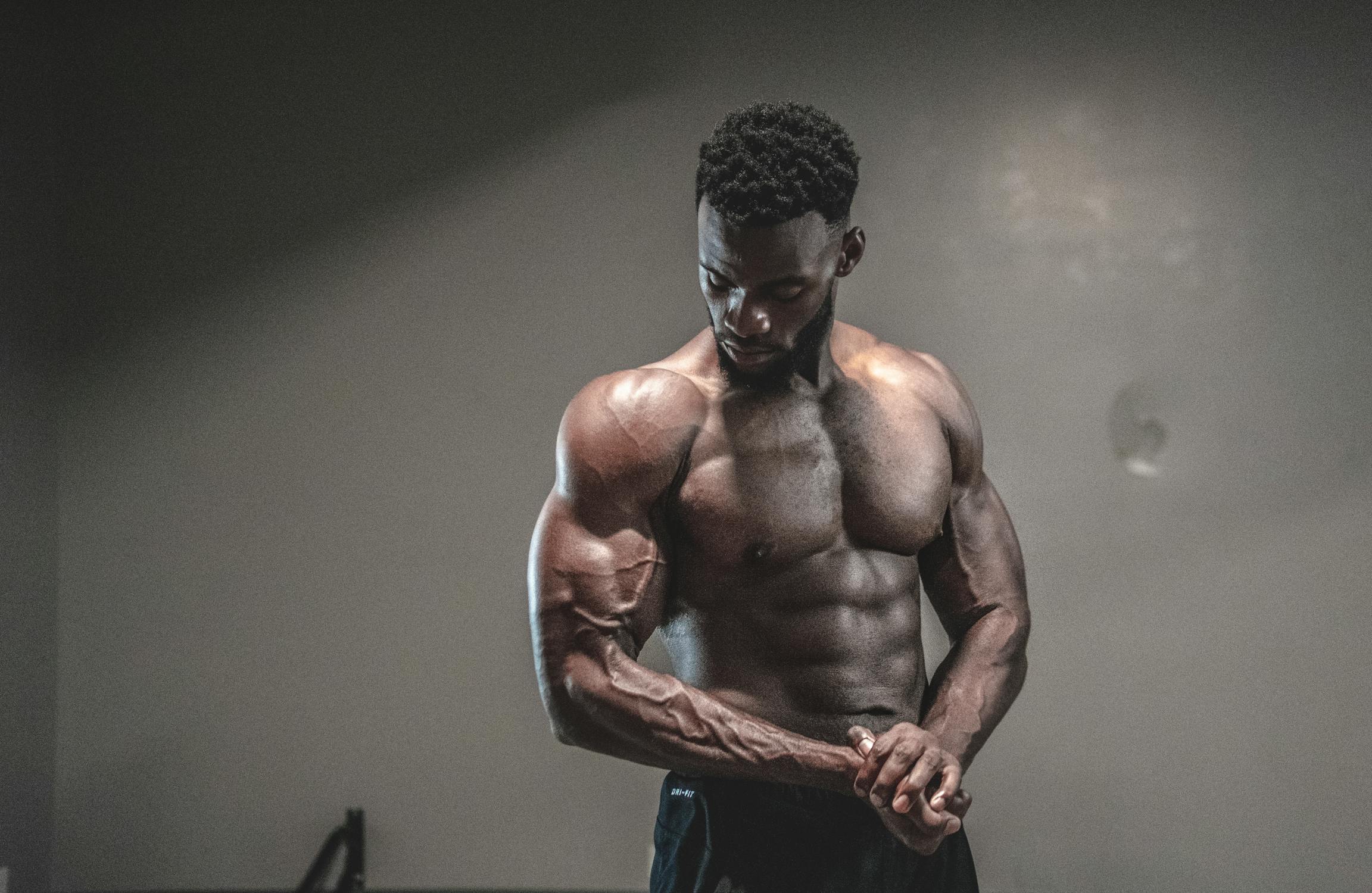Your cart is currently empty!

Train Your Bench Press Max for Bigger Pecs
If you want a bigger chest, your training should reflect that goal. A recent study published in the Journal of Sport Sciences found a strong link between pec muscle thickness and bench press one-rep max.
Researchers analyzed 83 resistance-trained men, aiming to predict their one-rep max based on muscle thickness and body measurements. Participants were tested for their max bench press strength using a Smith machine, followed by bench throws with varying loads.
A linear position transducer tracked barbell movement, while a dynamic equation calculated bench throw power. On average, participants benched 250 pounds at a body weight of 183 pounds.
The study identified two reliable methods for estimating bench press strength: one based solely on chest muscle thickness and another factoring in both muscle thickness and body weight. These models suggest that a person’s maximum strength can be predicted without direct testing.
Daniel Richter, CEO of StrengthLog, highlighted the study’s key takeaway in a tweet: “If you see someone with big pecs, they’re probably a strong bench presser—or can become one with practice.” He also emphasized that building chest strength is essential for growing bigger pecs.
Progressive overload is the foundation of muscle growth. By continually pushing your limits with heavier weights, you stimulate hypertrophy, making your muscles larger and stronger.
As a compound lift that heavily targets the chest, the bench press is a critical movement for developing bigger pecs—so if size is your goal, focus on increasing your bench press max.
